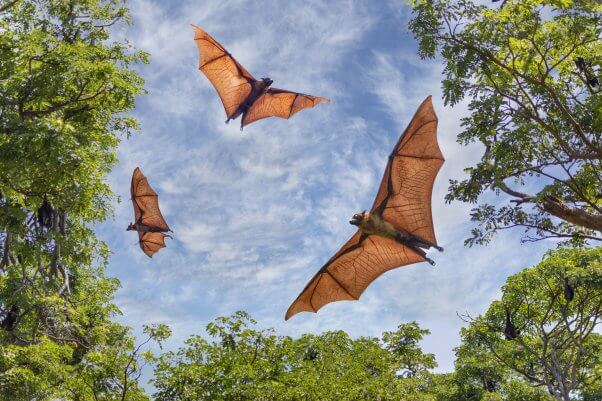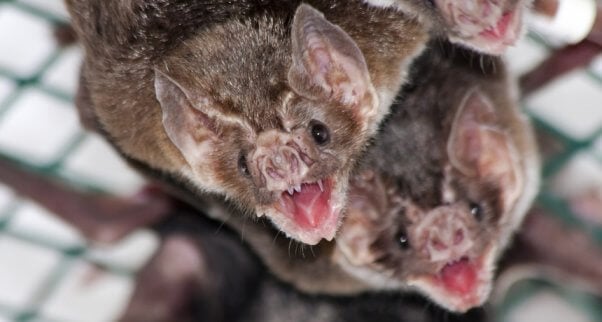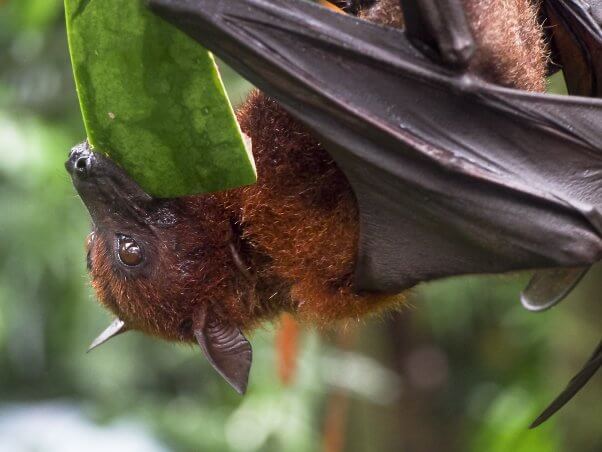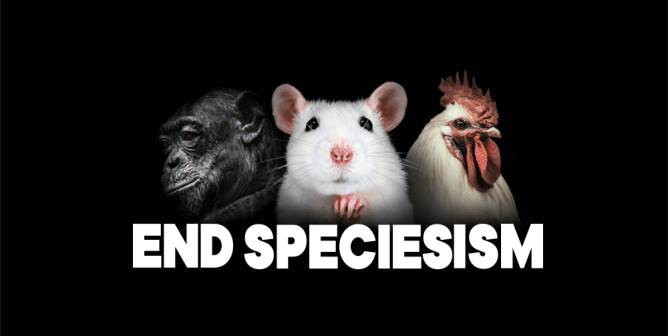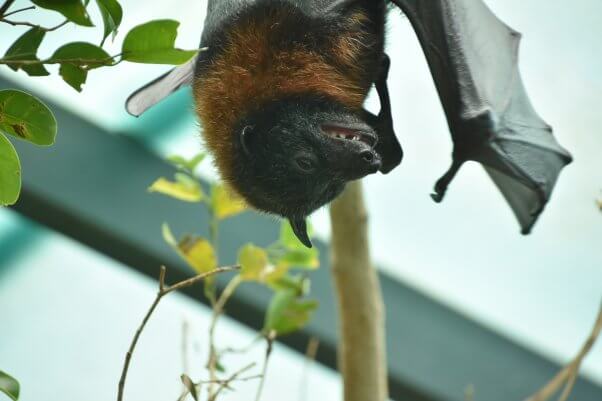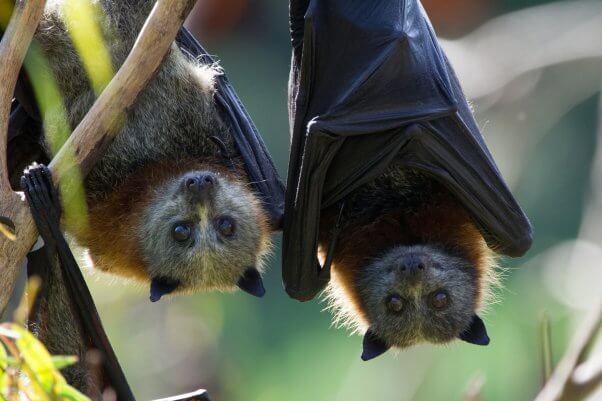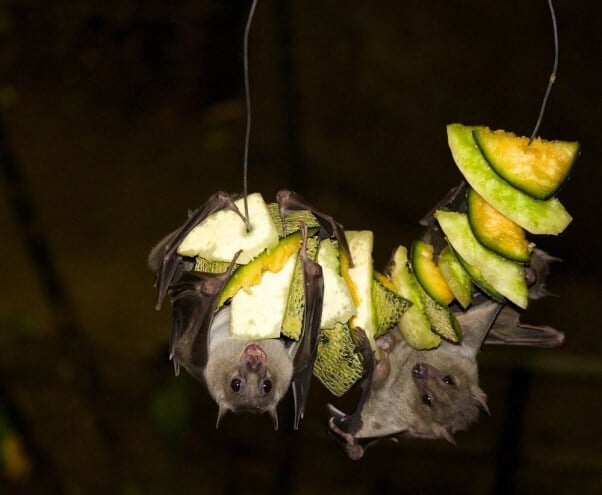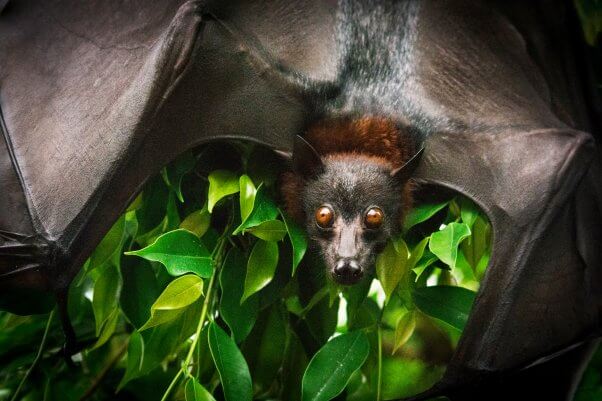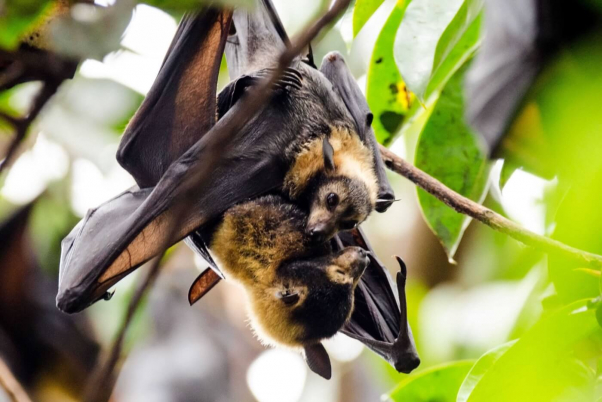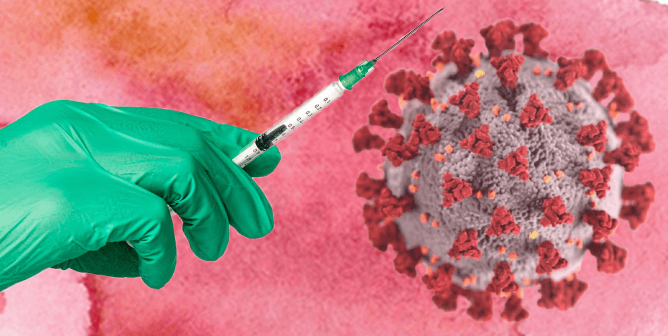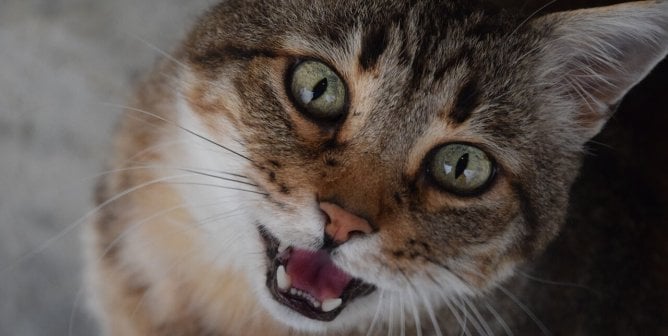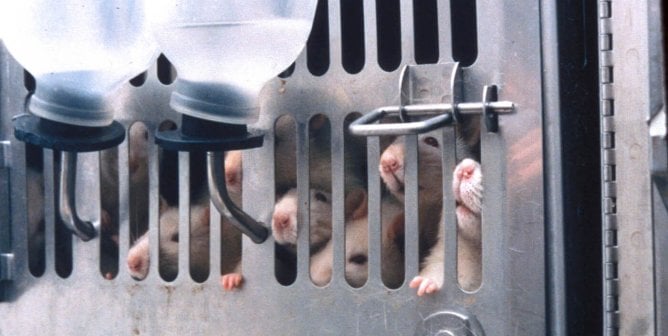Bats Are Trying to Tell Us Something—It’s Time We Started Listening
It’s quite possible that if we had just left bats in peace, right now you’d be packing for your European vacation, hanging out at the mall with your friends, or attending that huge work conference in Dallas. Instead, we’re all quarantining and social distancing, struggling to flatten the COVID-19 curve. And we’ve got no one to blame but ourselves, especially not bats.
Human fear of bats is indeed a thing, but bats shun contact with humans—it’s humans who violate the animals’ territories and lives in unjustifiable and horrific ways, often leaving death and destruction in our wake. Take the COVID-19 pandemic, for example: Experts suspect that bats may be the reservoir species for the virus and that the novel coronavirus originated in a “wet market” in Wuhan, China, where bats and other animals were sold for human consumption.
Reservoir species or not, bats are not to blame for COVID-19—humans are.
Humans sold and slaughtered bats for food, as if they were soup ingredients and not individuals who didn’t want to die. And while we can’t undo the COVID-19 crisis, we can and should learn from the actions that brought it on. To do that, we must appreciate bats and live in harmony with them. Discover why these interesting, delicate animals are as deserving of respect as anyone else on Earth:
Are Bats Rodents?
Sometimes described as “rats with wings,” bats are actually not related to any type of rodent. They’re the only mammals in the world who can fly. There are more than 1,300 species and two main types: microbats and megabats. Most fall into the “microbat” category. When left alone in their natural habitat, they live an average of 30 years.
Are Vampire Bats Real?
Only three species are vampire bats, and they’re nothing like what the scary stories would lead you to believe. They take only what they need, never removing enough blood to do any harm.
What Do Bats Eat?
Just like human mothers, mother bats nurse their babies. Once weaned, most bats eat insects. Some can eat their own bodyweight in mosquitoes every night. Megabats, also known as “fruit bats” or “flying foxes,” are vegetarian: They live on fruit and nectar. Vampire bats feed entirely on blood—they are the only mammals to do so.
Are Bats Dinosaurs?
No, but they’re prehistoric. Primitive ancestors of modern-day bats were around in the time of the dinosaurs. And thanks to a pair of fossils that are roughly 52.5 million years old, scientists now know that bats’ ability to fly likely evolved before their use of echolocation, possibly as a result of dinosaurs’ extinction and the debut of new avian predators. (What is echolocation? Using sound waves to gauge where nearby objects are. It gives bats the ability to navigate through total darkness.)
Are Bats Social?
Bat friendships are much like the bonds that humans and other animals form. Some bats develop relationships slowly at first, establishing trust and building a rapport over time. Their friendships, like our own, can last decades.
Do We Need Bats?
Whether or not humans need bats is irrelevant. Other animals don’t exist for us—to think they do would be speciesist. But humans do benefit from bats’ awesomeness. Aside from helping to cut down on the mosquito population, many bats are pollinators who help spread and plant seeds, which makes them important to healthy ecosystems and for growing certain crops. You can thank bats the next time you eat a banana, mango, or guava.
Are Bats Blind?
Ever heard the expression “blind as a bat”? It couldn’t be less accurate. Bats can see extremely well, especially at night, when they hunt for insects. They use extremely precise echolocation to figure out how far away an insect is, the size of the insect, and the direction the insect is heading. Flying bats can avoid obstacles as small as a human hair.
What Are Baby Bats Called?
Newborn bats are often referred to as “pups,” just as baby pangolins are. They cling to their mothers while they fly, and some species raise their young together in large nurseries. Even if there are thousands of bats in a nursery, a mother can always find her baby when she returns. The pups of some species even “babble” like human babies. And some female bats are capable of delaying pregnancy—they can pause their own reproductive cycle and store sperm for several months in order to give birth during an optimal time.
Are Bats Dangerous?
From rabies to vampirism to SARS to COVID-19, bats get a bad rap. But these animals are harmless. The incidence of rabies in bat populations, for example, is estimated to be less than 0.5%. If you find a bat lying on the ground, contact a wildlife rehabilitator for help, because he or she may be injured, ill, or grounded by a storm or pesticides.
If a bat gets inside your house, create an escape route by opening a window or door to the outside. Check out our humane tips for evacuating a bat from your home as well. Your winged visitor will eagerly exit as soon as the opportunity arises. You can also prevent bats from finding their way into your attic by sealing holes near the roof after any existing colony has left for winter hibernation.
*****
Again, bats avoid contact with humans. We should learn from these fascinating individuals.
At wet markets, both animal flesh and live, terrified bats and other animals are openly sold for human consumption.
But enough is enough. Wet markets, other live-animal markets, filthy farms, and slaughterhouses are all potential breeding grounds for zoonotic diseases, such as COVID-19, SARS, and MERS. We must live in harmony with bats and all other animals—not exploit them for food or other selfish, unnecessary uses. Please, help prevent the next global pandemic by going vegan:
And urge the World Health Organization to call for an end to deadly live-animal markets around the globe:

